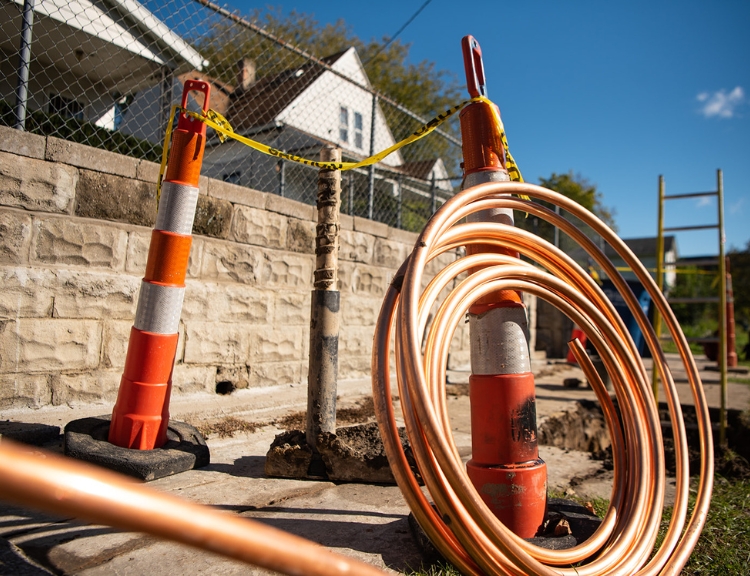MLive’s Zahra Ahmad describes how the city’s rate of finding lead or galvanized service lines increased from 15 to 70 percent when it switched back to using the model developed by Eric Schwartz and Jake Abernethy.
The rate of finding lead or galvanized service pipes in Flint has increased 15 to 70 percent while using a predictive model to plan replacements, according to the researchers who built the model.
Flint first used the model in 2016 and utilized it again in 2017. Workers dug at 8,833 homes in 2017 and out of those homes 6,228 had their hazardous pipes replaced — a 70 percent accuracy rate, according to researchers Jake Abernethy, Eric Schwartz and Jared Webb.
Flint stopped referring to the computer model for planning replacements in 2018 when AECOM, a Los Angeles-based engineering firm took over FAST Start, the city’s pipe replacement program. Of the 10,531 properties that were dug in 2018, Flint found and replaced about 1,567 lead or galvanized pipes–a 15 percent accuracy rate.





